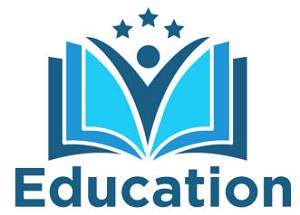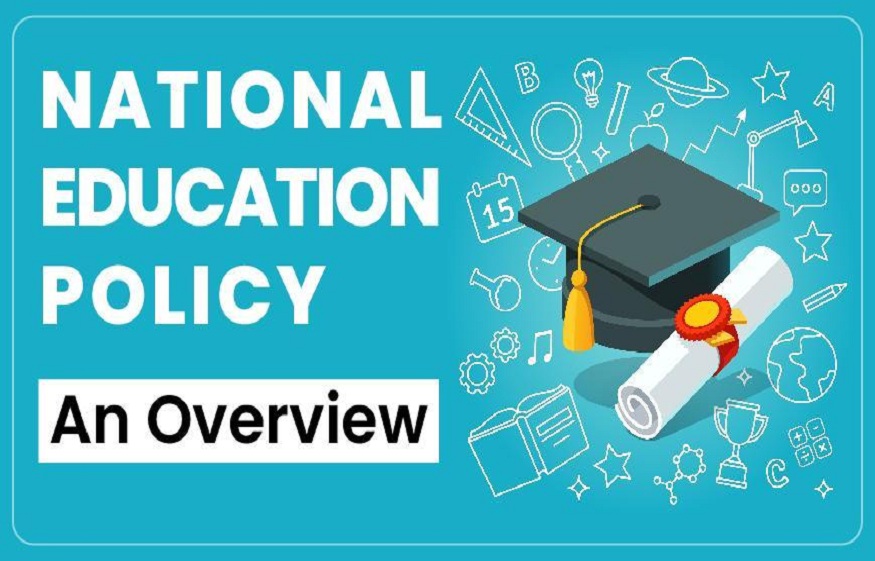Justification
The National Education Policy aims to restructure the regulation and governance of the Indian education system to meet the country’s (sustainable) development goals. Its overall aim is to create an equitable and inclusive education system that can provide learning for all. The system should enable all Indian learners to acquire the basics of literacy and numeracy, a “light but strong” regulatory framework to ensure the integrity and efficiency of the system’s resources, the promotion of Indian culture and traditions, and an emphasis on multilingualism and respect for the diversity of local contexts. The policy aims to promote the role of teachers in Indian society and culture and to develop foundational skills (e.g. literacy and numeracy) in students, as well as social, ethical, emotional and critical thinking skills in all learners.
Lifelong learning concept
In Indian policy, the concept of lifelong learning is linked to the development of basic skills and competencies that enable citizens to participate in society, reducing socio-cultural disadvantages and unemployment. The policy emphasizes the need to encourage lifelong learning activities at all levels of education and proposes to create a curriculum framework for adult education to develop the skills and competencies of the adult population.
Main challenges
The policy aims to address a number of current educational challenges, including:
A lack of quality early childhood education and care , particularly for children from socio-economically disadvantaged backgrounds.
A learning crisis in the acquisition of basic skills , with a large proportion of elementary school children unable to read, write or count.
School dropout : Keeping children in the school system poses serious problems. A significant proportion of enrolled students drop out of school after the fifth grade and especially after the eighth grade.
The harmful effects of the current assessment system : at secondary level in particular, valuable time spent on real learning is being replaced by excessive supervision and preparation for exams. These exams force students to learn a very limited range of subjects in a single stream, instead of allowing the flexibility and choice that will be important aspects of tomorrow’s education system.
In terms of higher education , the challenges include: a highly fragmented higher education ecosystem; less emphasis on cognitive skills development and learning outcomes; rigid disciplinary silos, with early specialization and orientation of students towards narrow fields of study; limited access, particularly in socio-economically disadvantaged areas; limited autonomy of teachers and institutions; and large affiliated universities, resulting in low standards of undergraduate education.
Main objectives and measures
The policy includes a long list of proposed actions and strategic directions to improve the Indian education system, including providing lifelong learning opportunities for all. Key objectives refer in particular to major transformations in the labour market and global challenges such as climate change. The policy aims to address the need for a skilled workforce for future economies and emphasises that it is becoming increasingly crucial for children not only to learn, but more importantly, to learn how to learn. In addition, teacher training and vocational education are considered essential to achieve holistic learning and high-quality skills development. Other proposed lines of action include:
Universal basic skills in numeracy, literacy and writing : Described as an urgent priority for the education system, these universal skills must be achieved in primary schools by 2025. The policy vaguely mentions the need to place greater emphasis on their development in the school curriculum. The policy aims to achieve 100% youth and adult literacy by 2035.
Reducing school dropout rates: The policy aims to increase the gross enrolment ratio in tertiary education, including vocational education, to 50% by 2035 (from 26% in 2018). To achieve this, the policy advocates providing good infrastructure (i.e. building new schools and upgrading and improving those that need it) to bring children back to school (and/or prevent school dropout). In addition, it proposes the establishment of education centres, in cooperation with civil society as well as philanthropic organisations and non-governmental organisations (NGOs).
Adult education, vocational training and lifelong learning : The policy highlights the need to integrate vocational education throughout the higher education system. Furthermore, the policy considers the creation of a curriculum framework for adult education (section 21.5) as fundamental in order to develop the skills and competences of adult learners. This curriculum framework should consist of several programmes with clearly defined outcomes (e.g. basic literacy and numeracy, essential life skills such as digital and financial literacy, development of professional skills). Adult education centres, as well as higher education institutions and NGOs, will be responsible for developing and delivering these activities.
Digital education, internationalisation and promotion of Indian languages : The education system should make good use of technology and integrate it into pedagogy. The system should integrate digital learning opportunities into the curriculum. It is also important to encourage collaboration between higher education institutions and student mobility.
Particularity of the policy
An interesting feature of the policy is the role of digital and online education. In light of the COVID-19 pandemic and possible future crises, the policy highlights the need to ensure alternative modes of quality education when traditional and face-to-face modes of education are not possible. It seeks to optimise existing digital learning platforms and ICT-based educational initiatives to address current and future lifelong learning challenges. However, to utilise the opportunities offered by digital technology, both learners and teachers need to acquire the necessary skills to bridge the digital divide and thus promote quality digital education for all.

